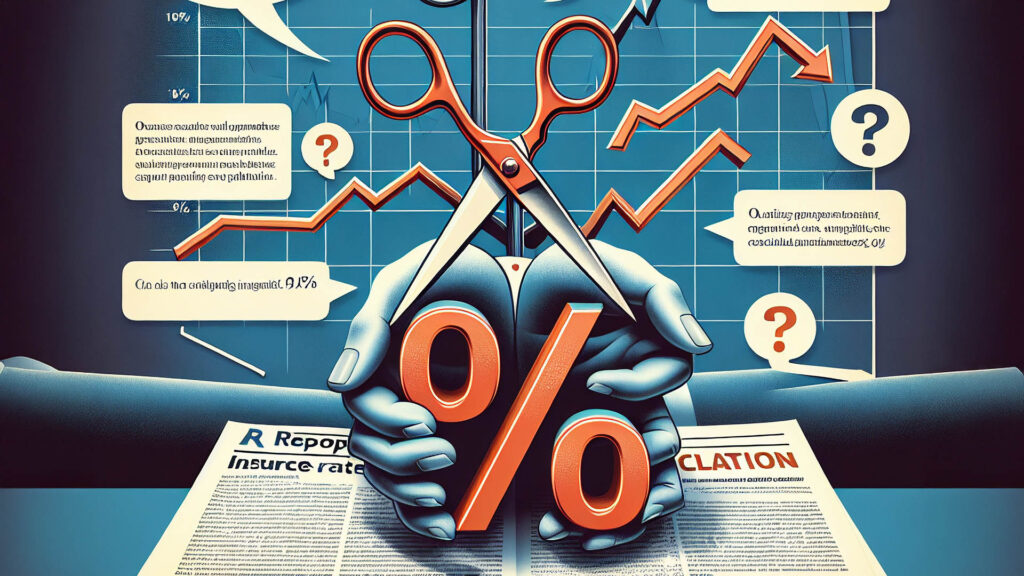The European Central Bank (ECB) and the Swiss National Bank (SNB) both reduced their key interest rates on Thursday, with the ECB making its fourth cut of 2024 while the SNB opted for its largest rate reduction in nearly a decade.
The ECB lowered its deposit facility rate by 25 basis points, taking it to 3%. The move was widely expected and brings the total reduction in rates to 100 basis points since the ECB began its current easing cycle in June 2024. Meanwhile, the SNB cut its policy rate by a larger-than-expected 50 basis points, reducing it from 1% to 0.5%.
ECB follows expected course, signals more cuts ahead
While some members of the ECB’s Governing Council proposed a larger cut, President Christine Lagarde said the final decision for a 25-basis-point move was “unanimous.”
“The disinflation process is well on track,” the ECB said in a statement, pointing to signs that inflation was converging toward the 2% target. Inflation forecasts were revised slightly lower, with 2024 projections at 2.4% (down from 2.5%) and 2025 projections at 2.1% (down from 2.2%).
Growth forecasts were also trimmed. The eurozone is now expected to grow 0.7% in 2024, down from 0.8% previously forecast, with 2025 growth lowered to 1.1% from an earlier projection of 1.3%. Lagarde acknowledged that “risks to economic growth remain tilted to the downside”, citing global trade frictions and reduced business and consumer confidence as key challenges.
The ECB also dropped a key phrase from its statement, no longer pledging to “keep policy rates sufficiently restrictive for as long as necessary”. This shift was seen as a sign of a dovish tilt, with markets anticipating more cuts in 2025.
SNB surprises with 50-basis-point cut
This was the steepest rate reduction since the emergency move in January 2015, when the SNB suddenly abandoned its minimum exchange rate with the euro.
More than 85% of economists polled had expected a smaller, 25-basis-point move. The SNB attributed its decision to lower-than-expected inflation and the persistent strength of the Swiss franc, which has complicated the competitiveness of Swiss exports. Inflation in Switzerland was 0.7% in November, well within the SNB’s price stability target of 0-2%.
“With our easing of monetary policy today we are countering the lower inflationary pressure,” said SNB Chair Martin Schlegel in his first policy meeting as head of the central bank. He also hinted that further rate cuts remain a possibility, though he said negative interest rates were now less likely.
Schlegel left the door open for interventions in foreign exchange markets if needed, noting that the strength of the franc could still undermine Swiss exporters. The franc depreciated against both the euro and the US dollar following the decision.
Market reaction
European stock markets were initially volatile but ultimately closed slightly lower. The cuts had largely been priced in already, and the growth downgrade fuelled caution.
The pan-European Stoxx 600 ended the day down 0.14%, with mining stocks falling 1.7%, while auto stocks gained 0.87%. Germany’s DAX rose 0.13%, the FTSE 100 climbed 0.12%, and France’s CAC 40 edged 0.03% lower.
The euro fell briefly against the US dollar following the ECB’s announcement but later recovered to trade 0.18% higher at $1.051. The Swiss franc depreciated, with the euro up nearly 0.7% against it.
The diverging scales of action by the ECB and SNB reflect their differing priorities. While the ECB’s focus has been on stabilising inflation and supporting growth amid potential US tariffs and geopolitical uncertainty, the SNB has been grappling with the impact of a strong currency on Switzerland’s export-reliant economy.

